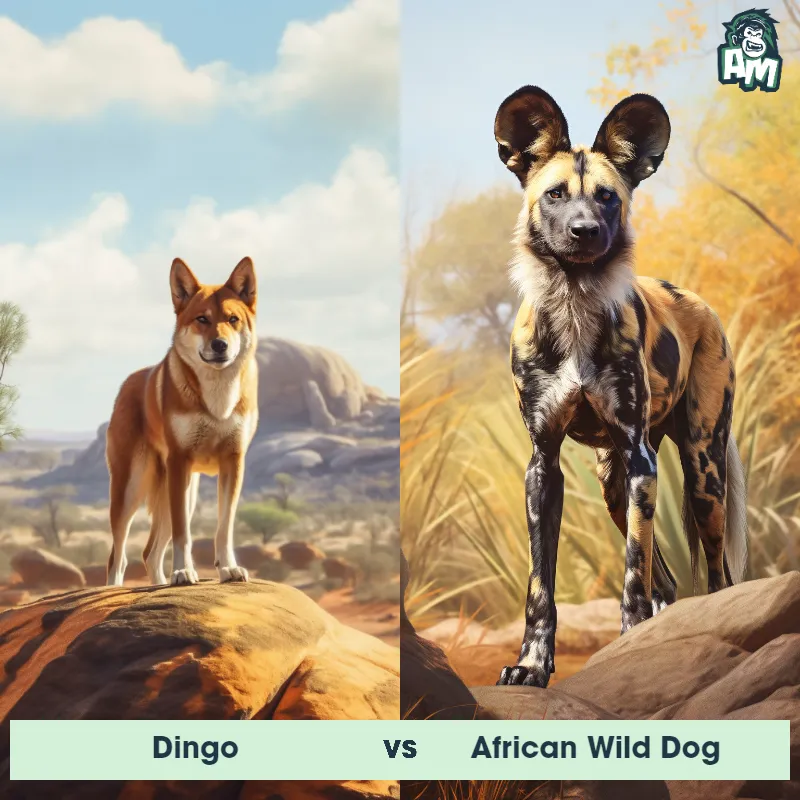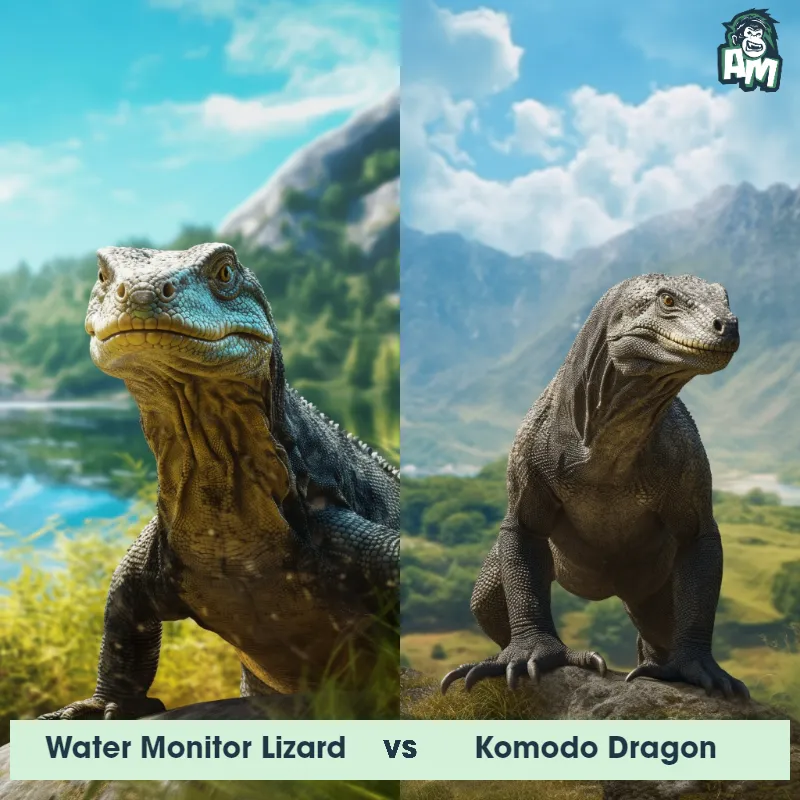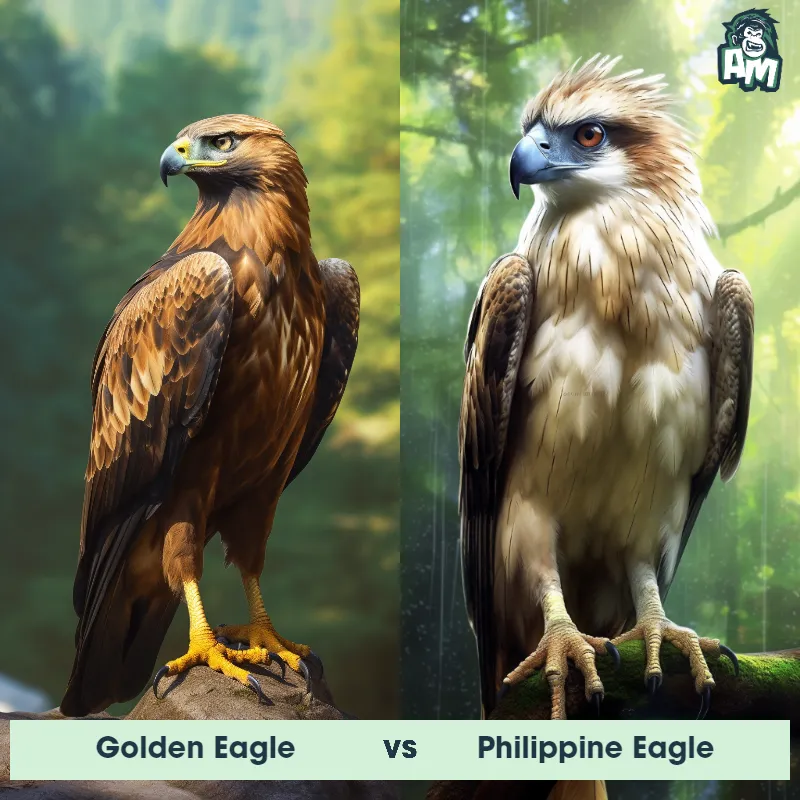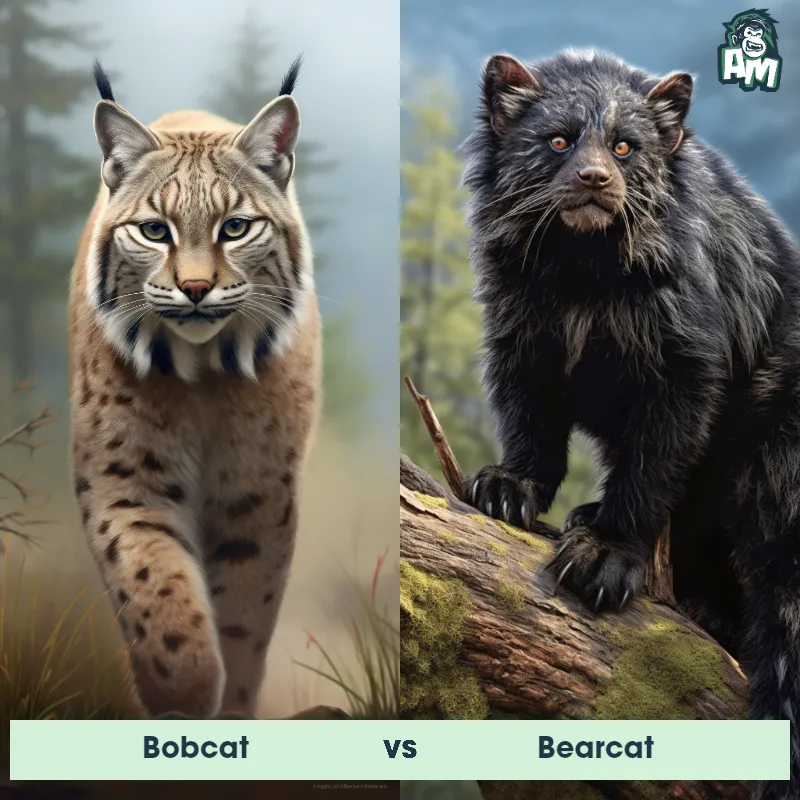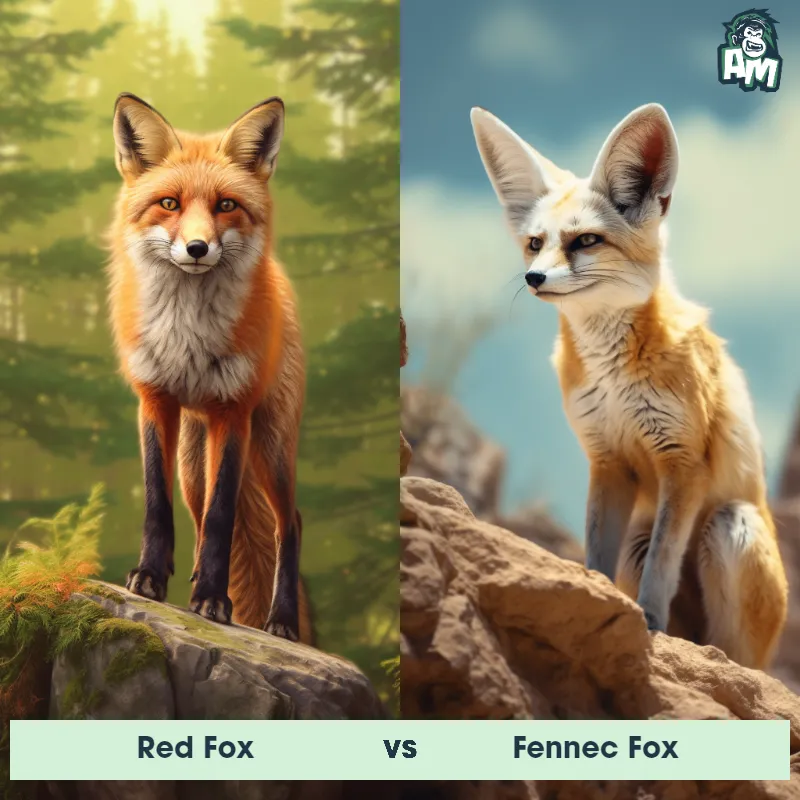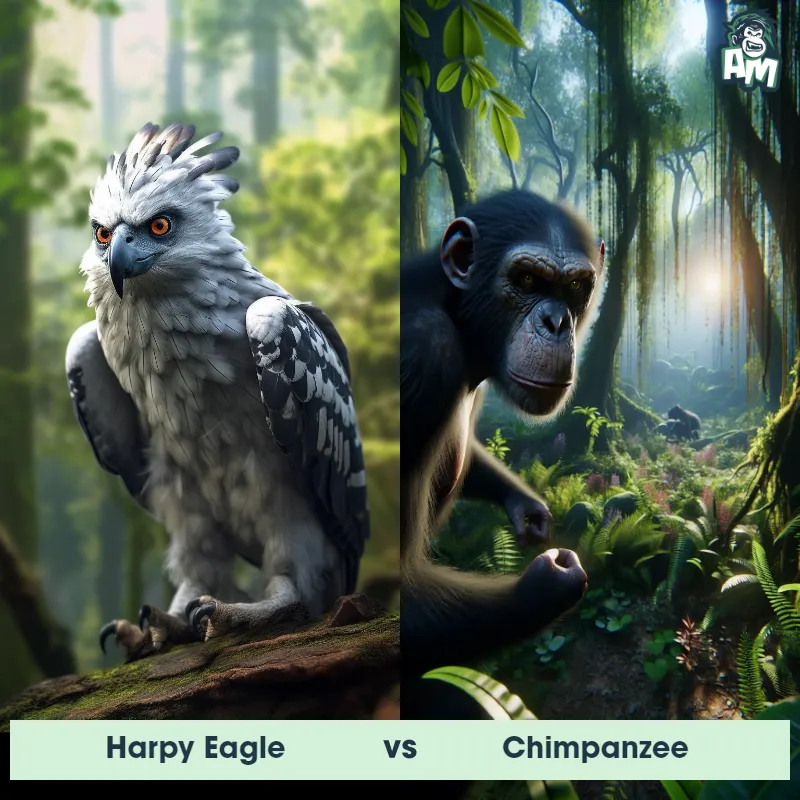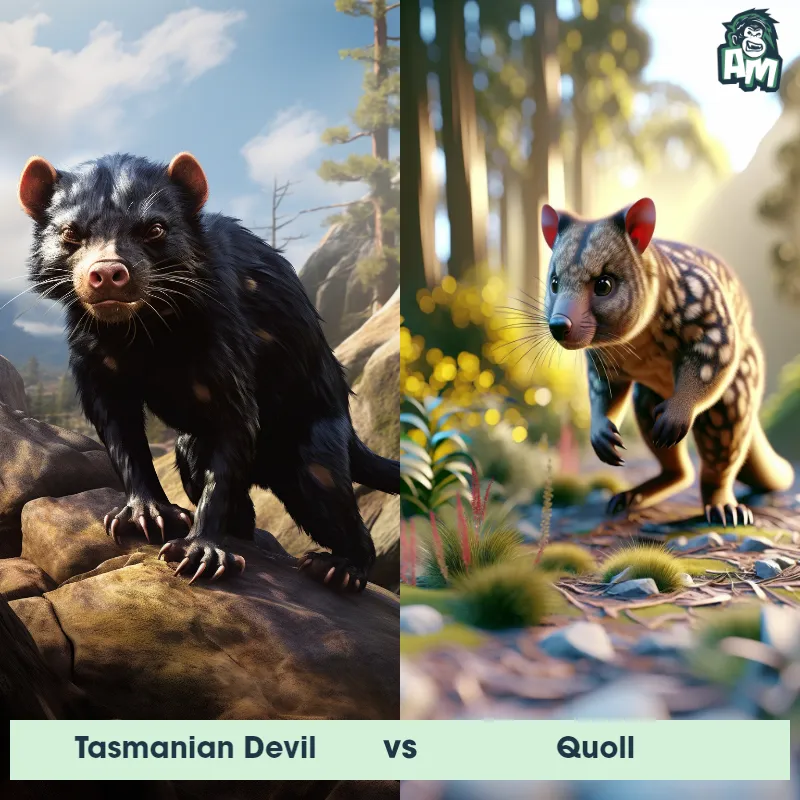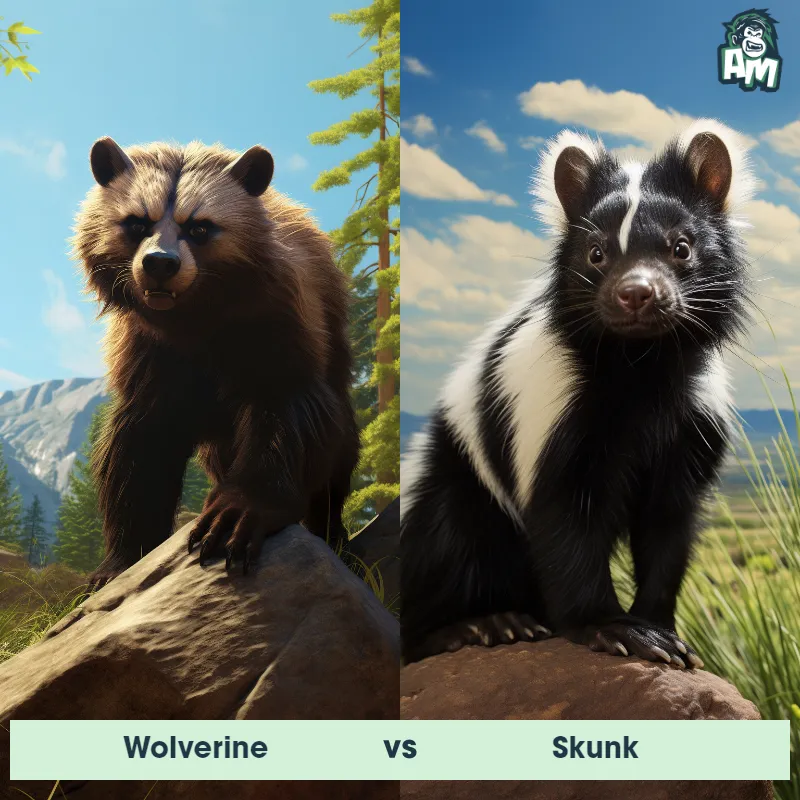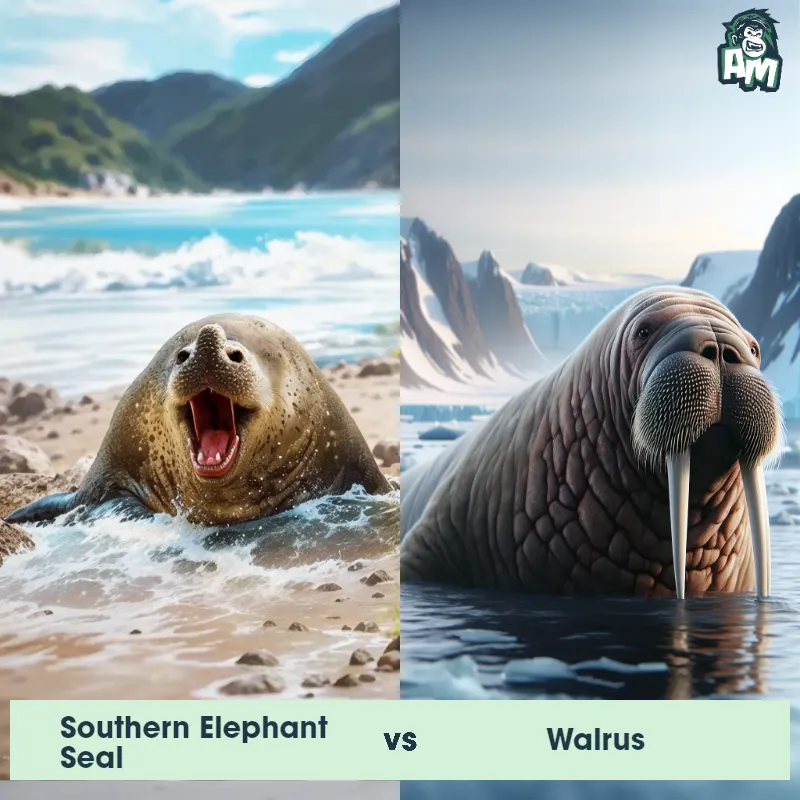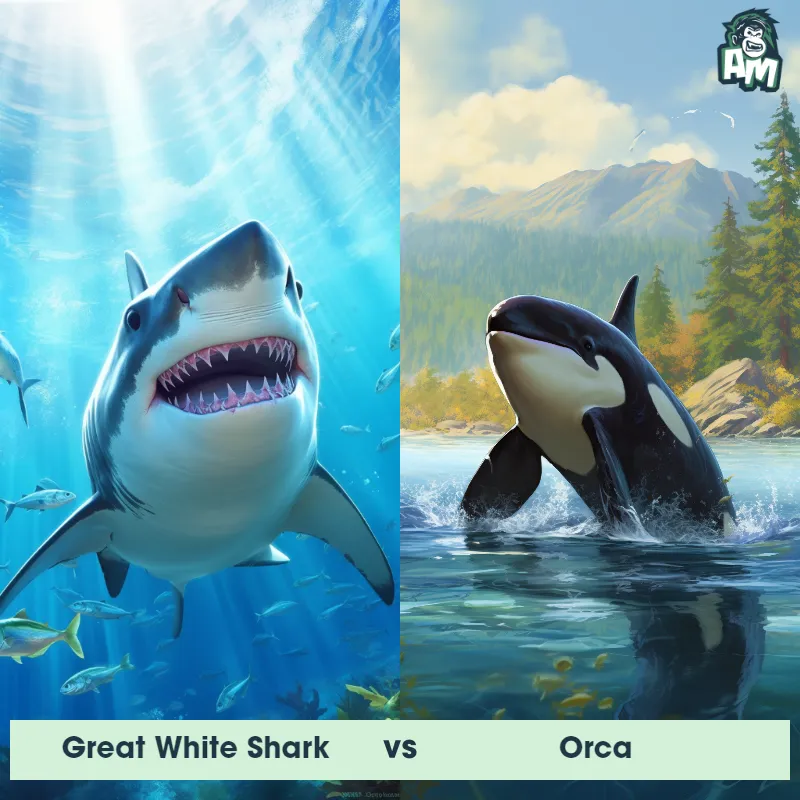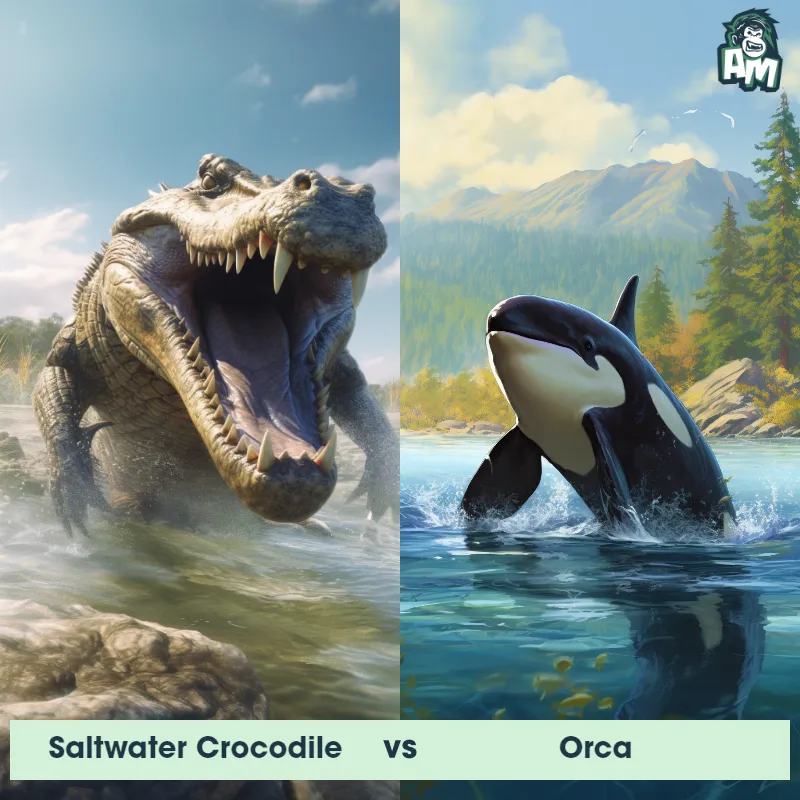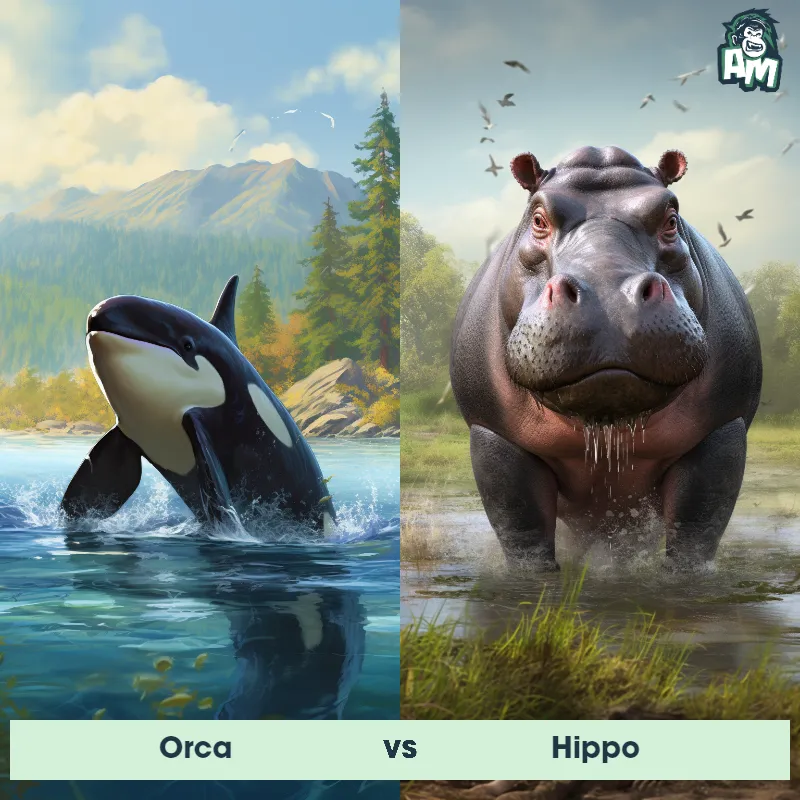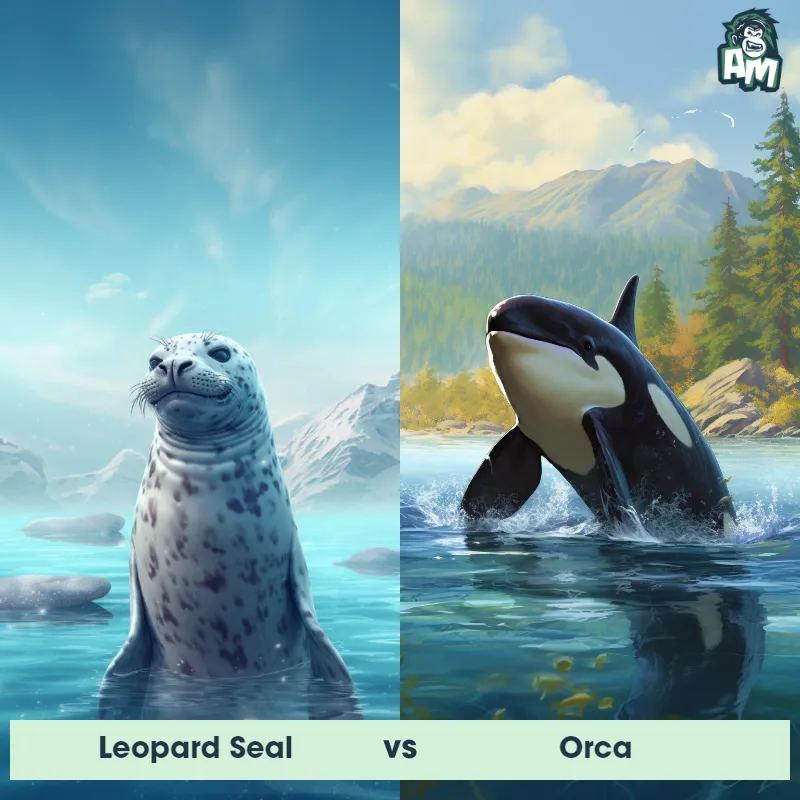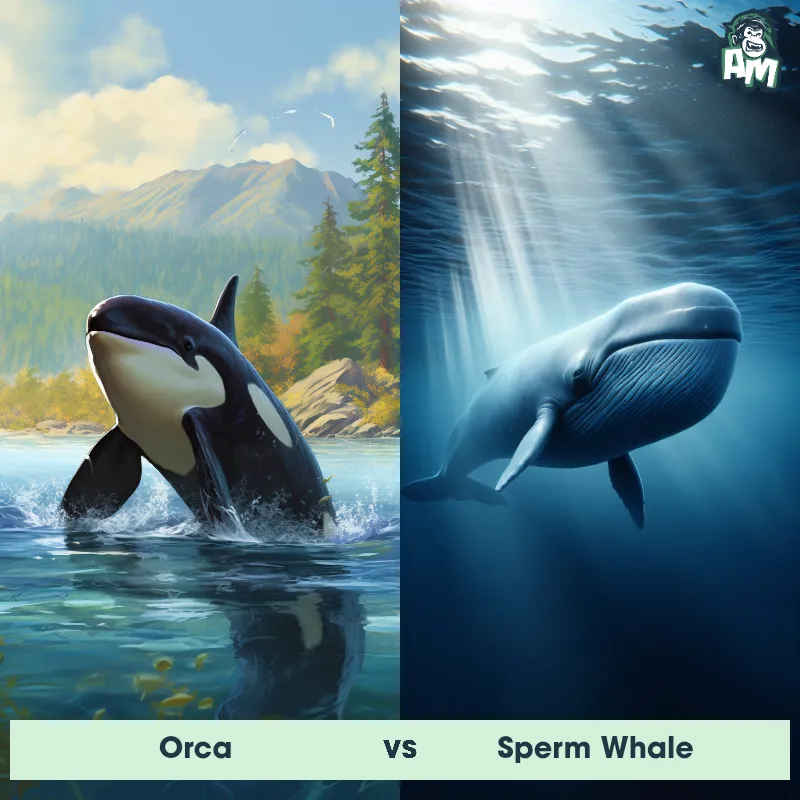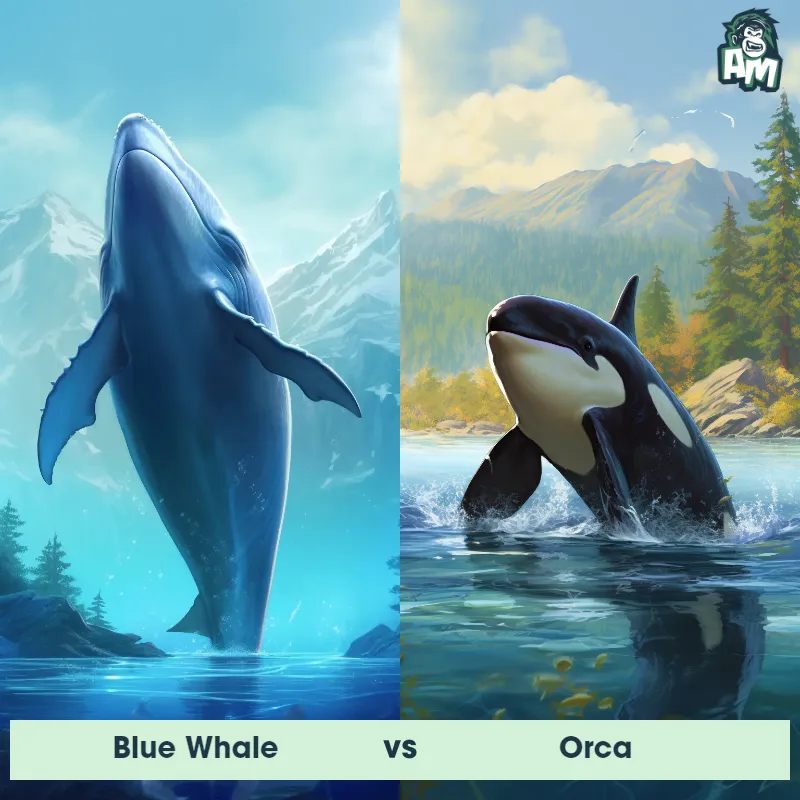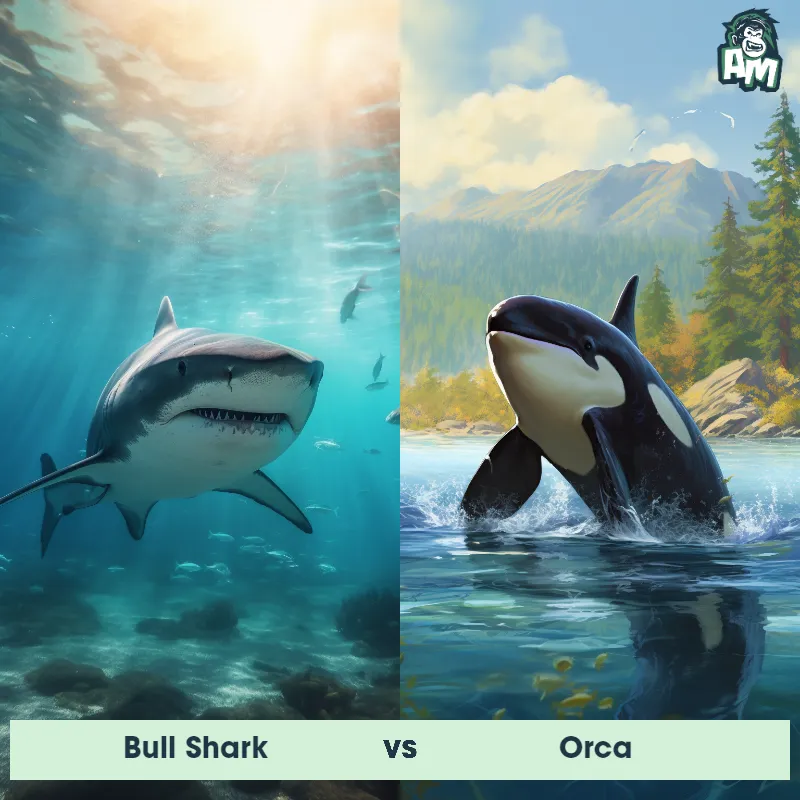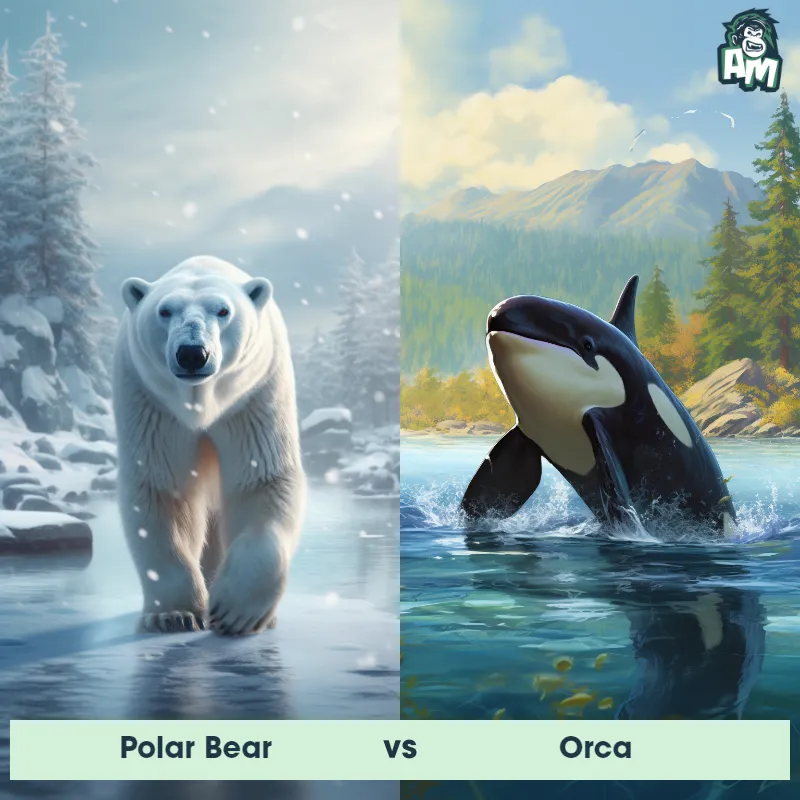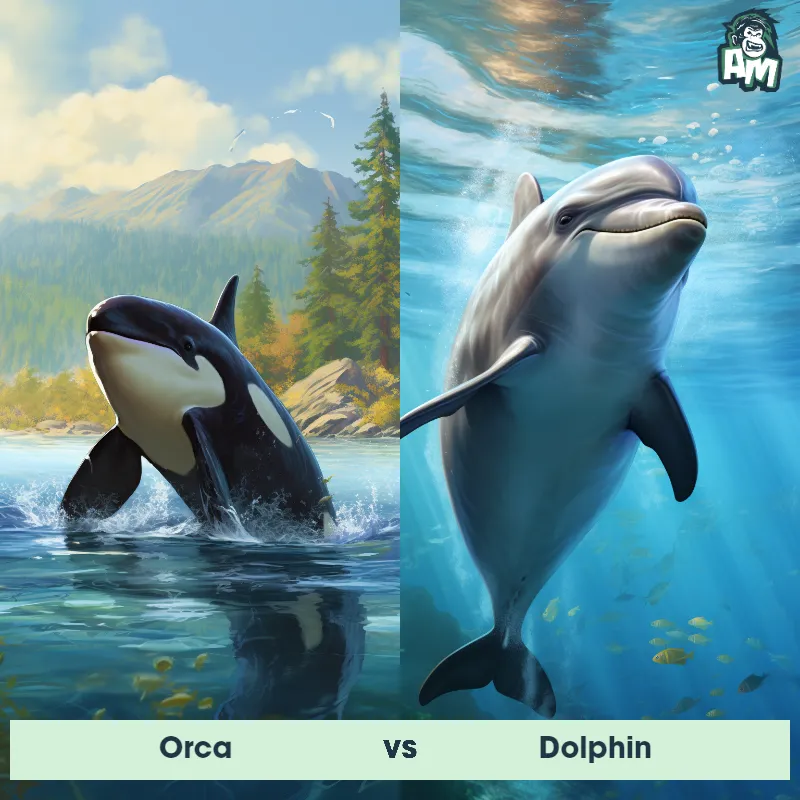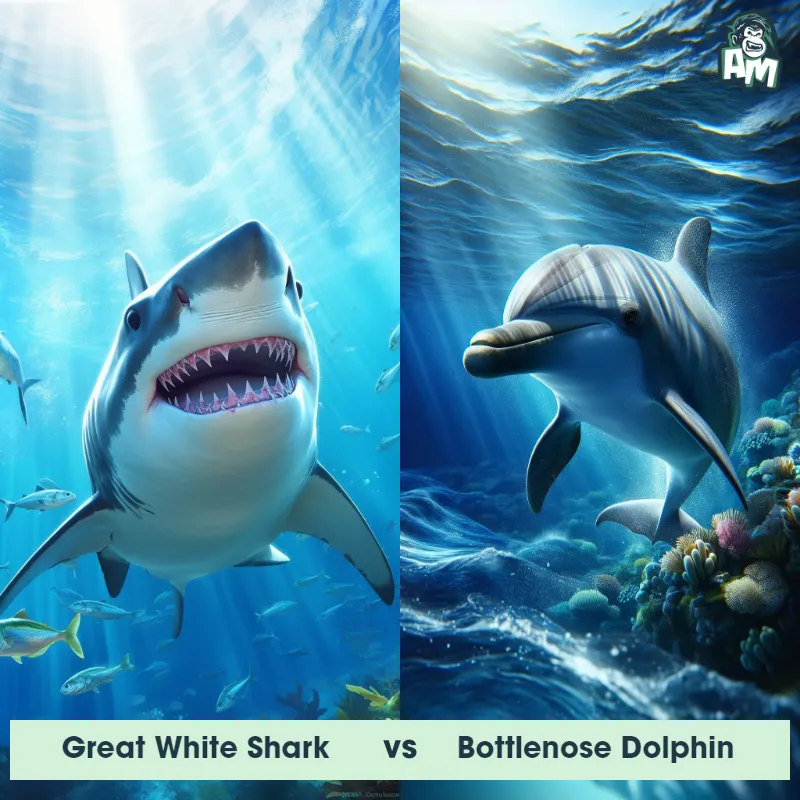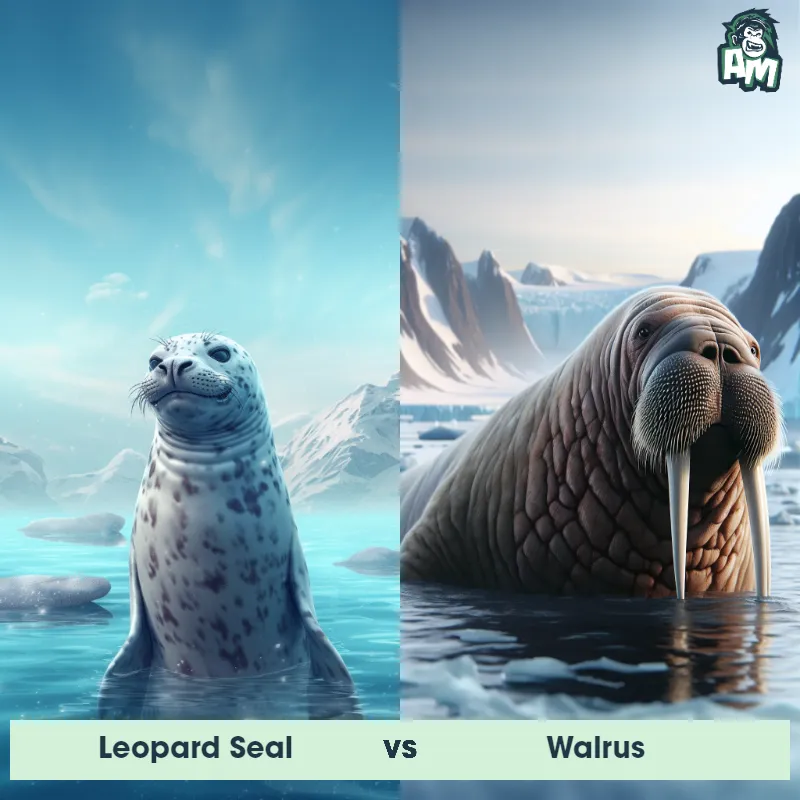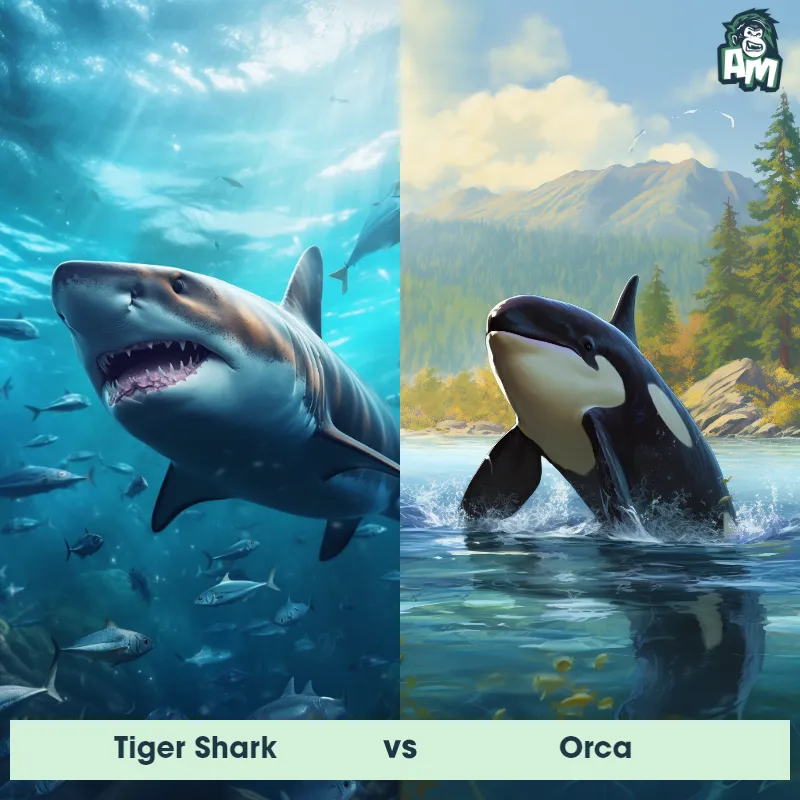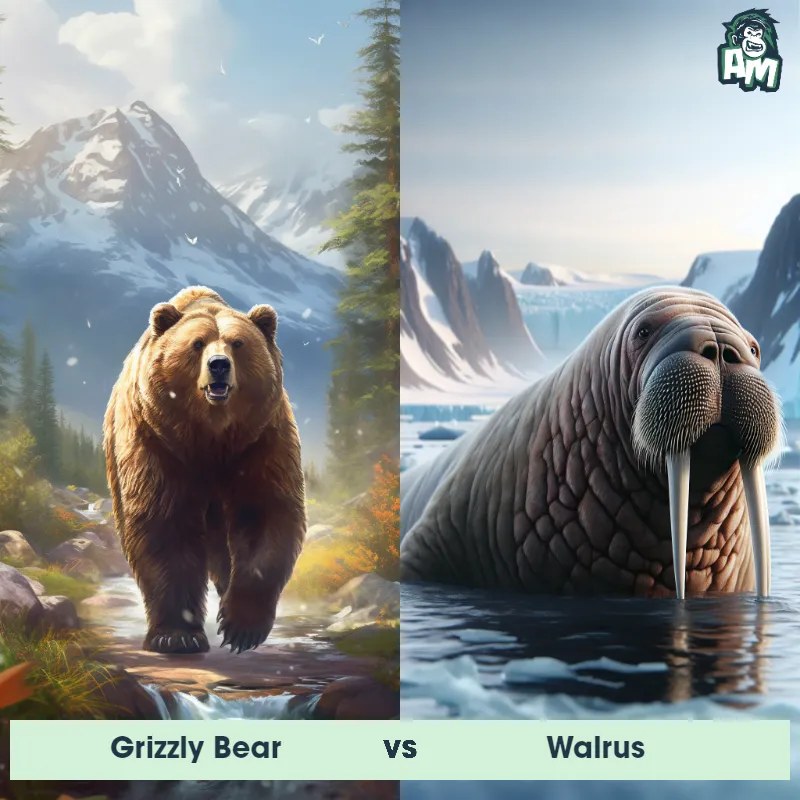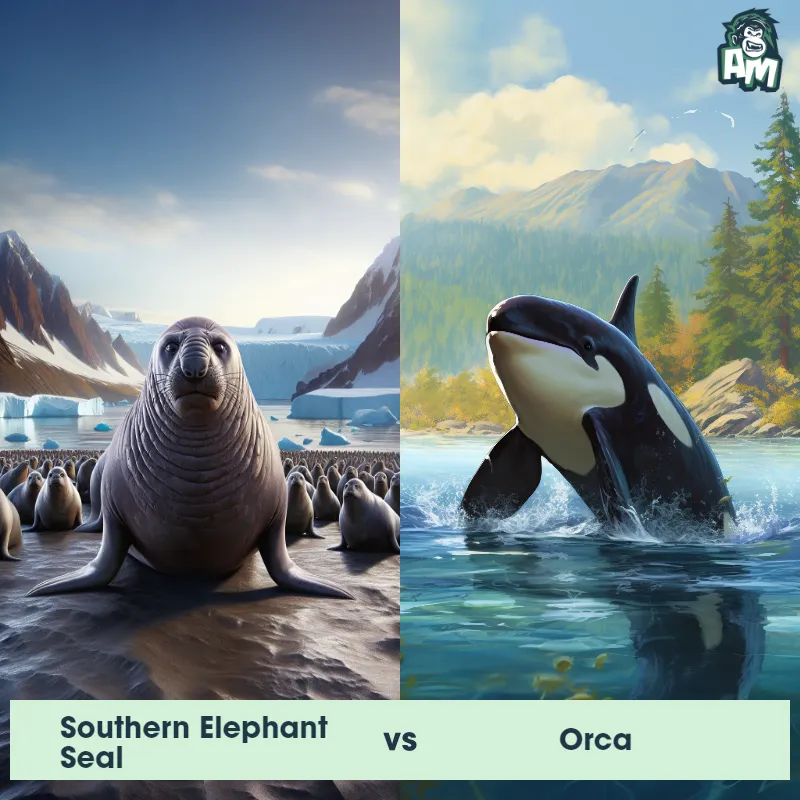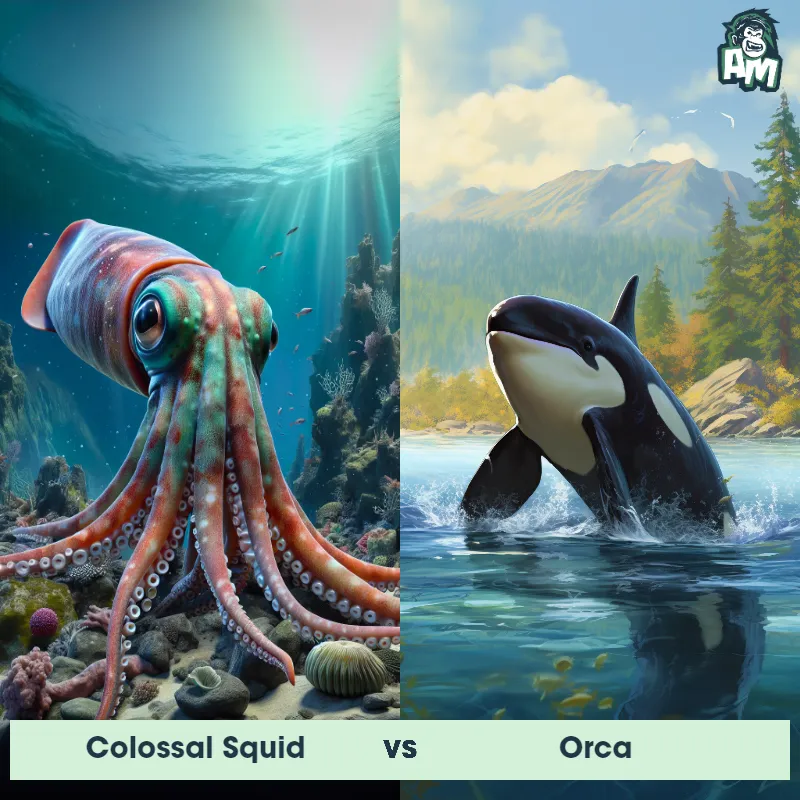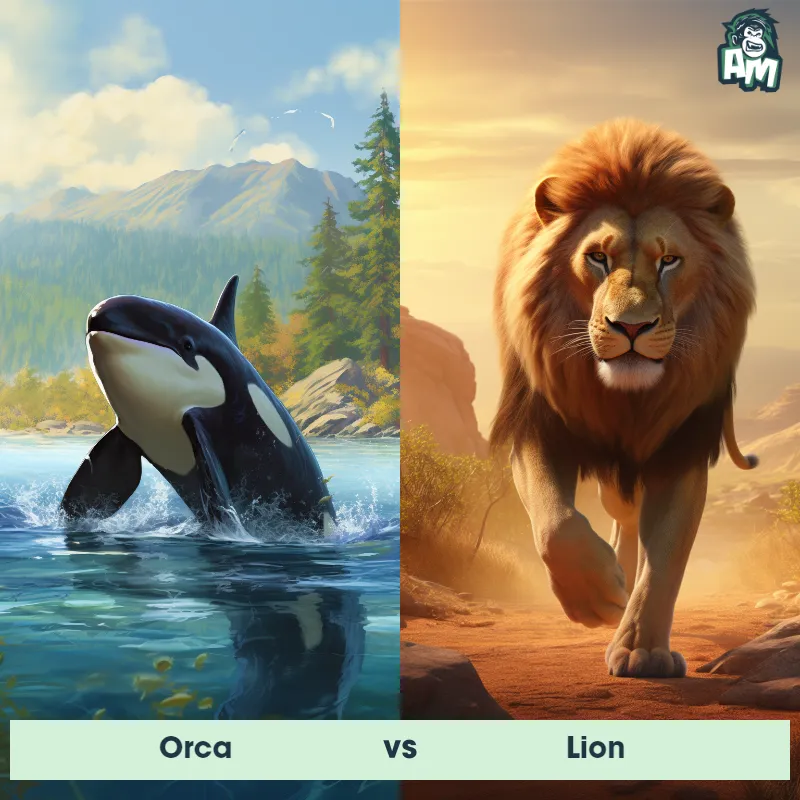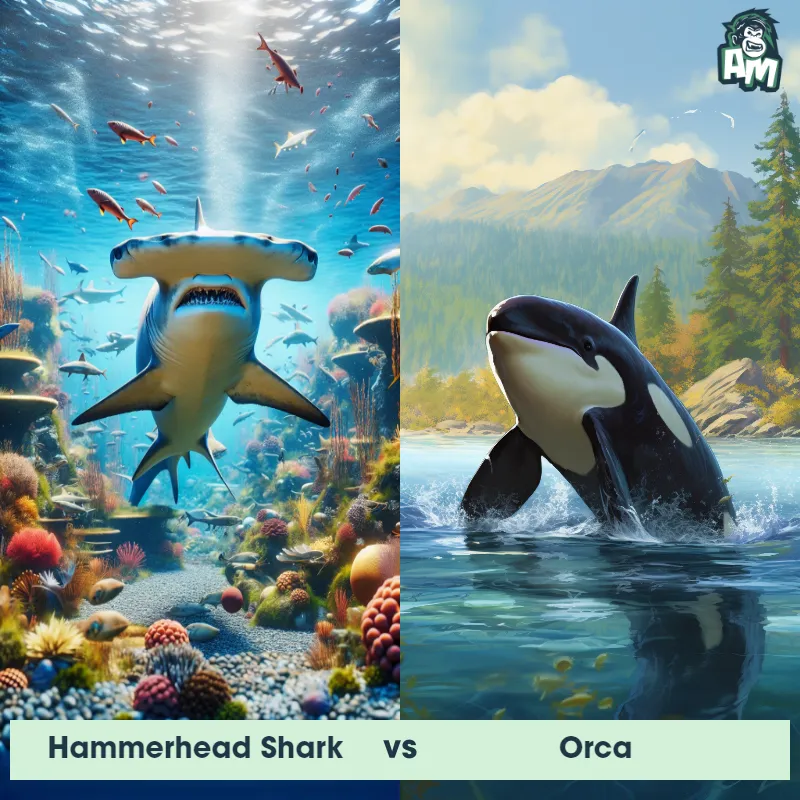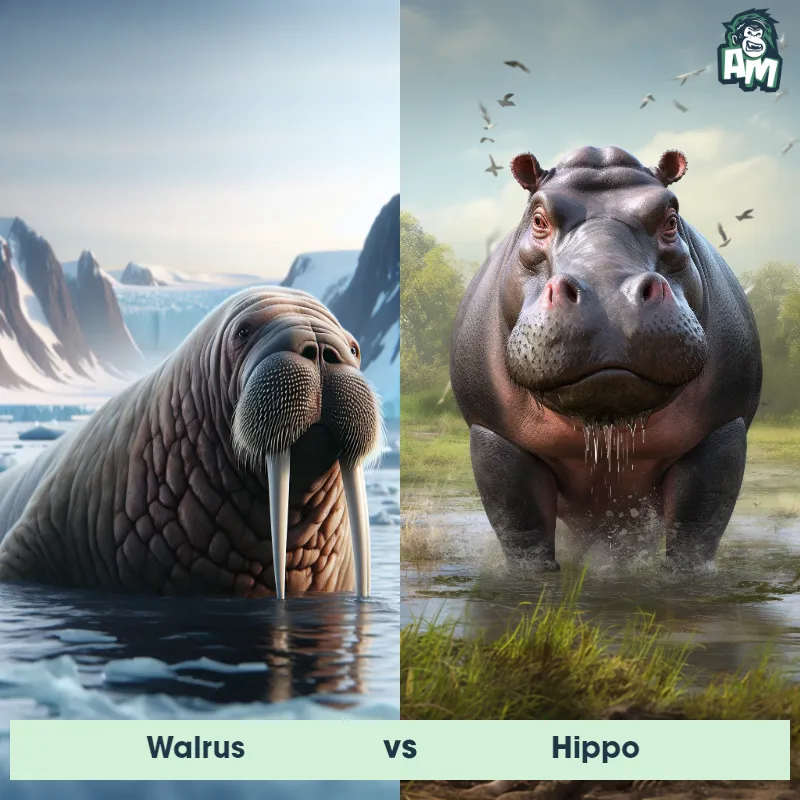Walrus vs OrcaSee Who Wins

Ladies and gentlemen, welcome to this incredible showdown between two mighty titans of the sea! It's a battle between the massive walrus and the agile orca, and we are in for an epic fight tonight. The crowd is roaring with anticipation as these powerful creatures prepare to clash in an exhilarating display of strength and strategy. Let the battle begin!
Contender 1: Walrus
The Walrus, also known as Odobenus rosmarus, is a large marine mammal that can be found in the Arctic Ocean and subarctic regions. They have a thick layer of blubber that helps them stay warm in cold waters, and their long tusks are used for defense, cutting through ice, and helping them climb onto ice floes. Walruses have a distinctive appearance with their wrinkled skin, whiskers, and flippers that are used for swimming and maneuvering on land.
Fun Fact: Walruses can hold their breath for up to 30 minutes while diving for food, which can include clams, mussels, and other shellfish.
Contender 2: Orca
The Orca, or killer whale, is a toothed whale belonging to the oceanic dolphin family. Known for their distinctive black-and-white coloration, orcas are among the most powerful predators on Earth. Adult males can grow up to 26 feet long and weigh up to six tons. They have a large dorsal fin, which in males can reach up to 6 feet in height. Orcas are found in oceans all over the world but are most common in the Arctic and the Antarctic. Their diet is diverse, including fish, seals, and even other whales.
Fun Fact: Orcas have a complex social structure, living in tight-knit family groups known as pods, and they are known to exhibit behaviors such as teaching, learning, cooperation, and grieving.
Matchup Stats
| Walrus | Orca | |
|---|---|---|
| Size | Up to 11 feet (3.3 meters) in length | Up to 26 feet long (7.9 meters) |
| Weight | Up to 3,700 pounds (1,678 kilograms) | Up to 6 tons (5,443 kilograms) |
| Speed | Speed: 15 mph (24 km/hr) | 35mph (56km/h) |
| Key Strength | Tusks used for defense and dominance during mating season | Powerful predator with strong jaws and sharp teeth |
| Biggest Weakness | Slow movement on land | Limited mobility on land |
Current Votes
Walrus vs Orca
See Who Wins
View More Matches
Looking For More?
Similar Matches
Scientific Stats
| Walrus | Orca | |
|---|---|---|
| Scientific Name | Odobenus rosmarus | Orcinus orca |
| Family | Odobenidae | Delphinidae |
| Habitat | Arctic Ocean and subarctic regions | Oceans worldwide |
| Geography | Northern Hemisphere | Global, most common in Arctic and Antarctic |
| Diet | Clams, mussels, and other shellfish | Fish, seals, and other whales |
| Lifespan | 40 years - 50 years | 50 years - 80 years |
Key Differences between Walrus and Orca
- Teeth: The prominent and elongated upward-curving tusks are unique to Walruses, which can grow up to 3 feet in length in males and are much smaller in females. Orcas have a set of large, conical, and interlocking teeth in their long narrow jaws, used for capturing and consuming their prey.
- Tail: The Walrus sports a short and round tail, often adorned with numerous barnacles and an occasional notch, whereas the Orca displays a prominent tall triangular tail, or fluke, which aids in propulsion and diving.
- Size: The Walrus is a significantly larger marine mammal, with adult males weighing up to 3,700 pounds and reaching lengths of up to 11 feet, while the Orca, also known as the killer whale, is smaller, with males weighing around 8,000 to 12,000 pounds and growing up to 26 feet long.
- Shape: Walruses have a bulky and rotund body shape, characterized by a thick layer of blubber, a large barrel-shaped chest, and long prominent tusks protruding from their upper jaws. Orcas, on the other hand, have a sleek and streamlined shape, designed for speed, with a long dorsal fin and a tapering body.
- Ears: A distinguishing feature of Walruses is their highly sensitive and visible ear flaps, which are well adapted for hearing underwater. Alternatively, Orcas possess small, barely noticeable ear slits located just behind their eyes, not easily discernible at a distance.
- Color: The Walrus has a distinct pinkish or brownish skin, which becomes paler with age, and they have extensive wrinkles and folds on their bodies. In contrast, the Orca displays a characteristic black and white coloration pattern, with a black back and white undersides, breaking up into patches and distinct markings unique to each individual.



